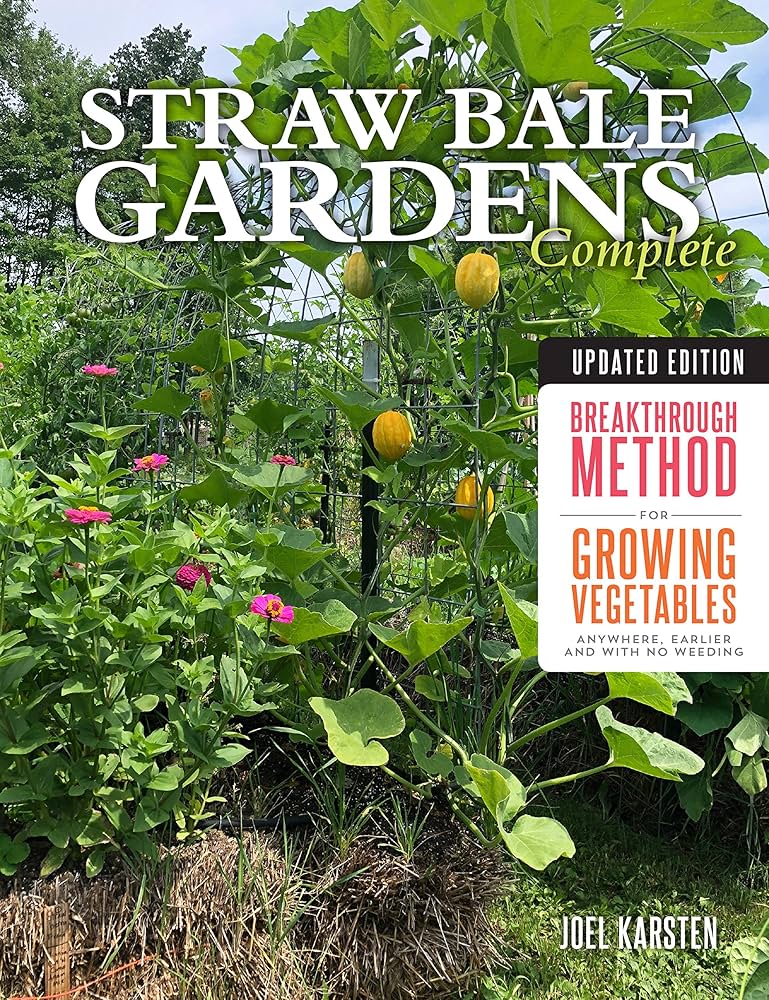Introduction
Buying a straw vegetable garden kit or starting one with straw bales is a smart and sustainable way to grow fresh, healthy vegetables at home. Straw gardens offer excellent soil aeration, moisture retention, and natural weed control, making them ideal for gardeners of all experience levels. In this article, we’ll explore why buying a straw vegetable garden setup is beneficial, how to choose the right materials, and practical tips for maintaining your garden for optimal vegetable growth.
Why Buy a Straw Vegetable Garden?
Benefits of Straw Gardens for Vegetables
Straw gardens are a popular choice because they provide several advantages over traditional soil gardening:
- Improved Drainage and Aeration: Straw bales create air pockets that help roots breathe and avoid waterlogging.
- Natural Fertilization: As straw decomposes, it enriches the soil with organic matter.
- Weed Reduction: The thick straw layer suppresses weeds, reducing garden maintenance.
- Extended Growing Season: Straw retains heat, helping plants grow earlier in spring and later into fall.
Expert gardeners note that straw bale gardening can increase vegetable yields due to these favorable growing conditions.
How to Choose the Right Straw for Your Vegetable Garden
Types of Straw
When buying straw for your vegetable garden, consider the following options:
- Wheat Straw: Commonly used, affordable, and decomposes slowly.
- Barley Straw: Less common but also effective for bale gardening.
- Oat Straw: Typically lighter and decomposes faster, suitable for short-term gardens.
Always select clean, pesticide-free straw to avoid contaminating your vegetables.
Where to Buy
- Local Farms: Often the best source for fresh, untreated straw.
- Garden Centers: Many sell pre-packaged straw bales designed for gardening.
- Online Retailers: Convenient for bulk purchasing but verify quality and shipping conditions.
Setting Up Your Straw Vegetable Garden
Preparing the Straw Bales
- Condition the Bales: Water the straw thoroughly over 7-10 days to kickstart decomposition.
- Add Nitrogen: Apply a nitrogen-rich fertilizer or compost to feed the microbial activity inside the bales.
- Position the Bales: Place the bales in your desired garden spot, ideally with good sun exposure.
Planting Your Vegetables
- Create holes or pockets in the straw to plant seedlings.
- Choose vegetables that thrive in warm, well-drained soil such as tomatoes, peppers, cucumbers, and leafy greens.
Watering and Maintenance
- Straw retains moisture but ensure regular watering, especially during dry spells.
- Mulch around plants to further conserve moisture.
- Monitor for pests and diseases, though straw gardens typically have fewer weed problems.
Expert Tips for Maximizing Your Straw Vegetable Garden
- Rotate Crops Annually: Prevent nutrient depletion and pest buildup.
- Supplement with Organic Fertilizers: Support plant nutrition beyond the decomposing straw.
- Use Companion Planting: Enhance growth and pest resistance by planting compatible vegetables together.
- Harvest Regularly: Encourage continuous production.
Conclusion
Buying a straw vegetable garden setup offers an eco-friendly, efficient, and productive way to grow your own vegetables. The benefits of improved soil conditions, natural fertilization, and reduced weed growth make it an excellent choice for gardeners seeking simplicity and sustainability. By selecting the right straw, conditioning bales properly, and following expert gardening practices, you can enjoy a healthy, thriving vegetable garden all season long. Start your straw garden today and experience the rewarding process of growing fresh, homegrown produce!
